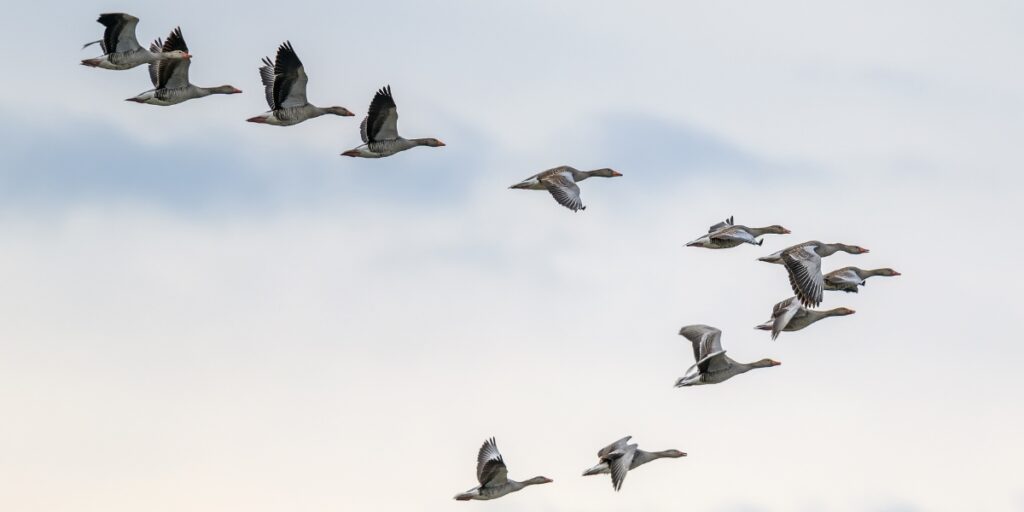
Come fly with me
Understanding the established global routes followed by migratory birds is key to ensuring the future of sustainable wildfowling.
Get information on the legal shooting season for mammals and birds in the UK.
Apply for funding for your project or make a donation today
Comprehensive information and advice from our specialist firearms team.
Everything you need to know about shotgun, rifle and airgun ammunition.
Find our up-to-date information, advice and links to government resources.
Everything you need to know on firearms law and licensing.
All the latest news and advice on general licences and how they affect you.
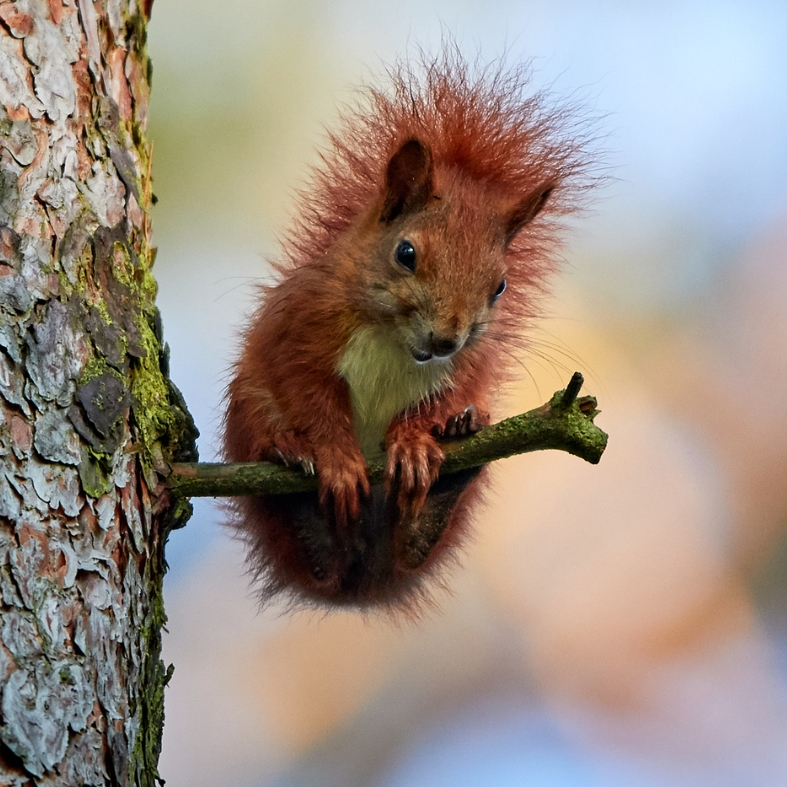

Conserving red squirrels by controlling greys remains a challenging but important task, says the team from the Red Squirrel Survival Trust.
It’s Red Squirrel Awareness Week, an initiative dedicated to raising awareness about the endangered UK red squirrel. The species’ conservation relies on controlling the population of grey squirrels, which themselves are listed as one of the 100 worst invasive, non-native species by the International Union for Conservation of Nature.
Grey squirrels are severely damaging a generation of young woodland. Intensive bark stripping by grey squirrels stresses, weakens and can kill biodiverse and productive tree species. This is a significant issue for a country striving to plant more trees for the benefit of wildlife, climate resilience, timber production and a broader ecosystem.
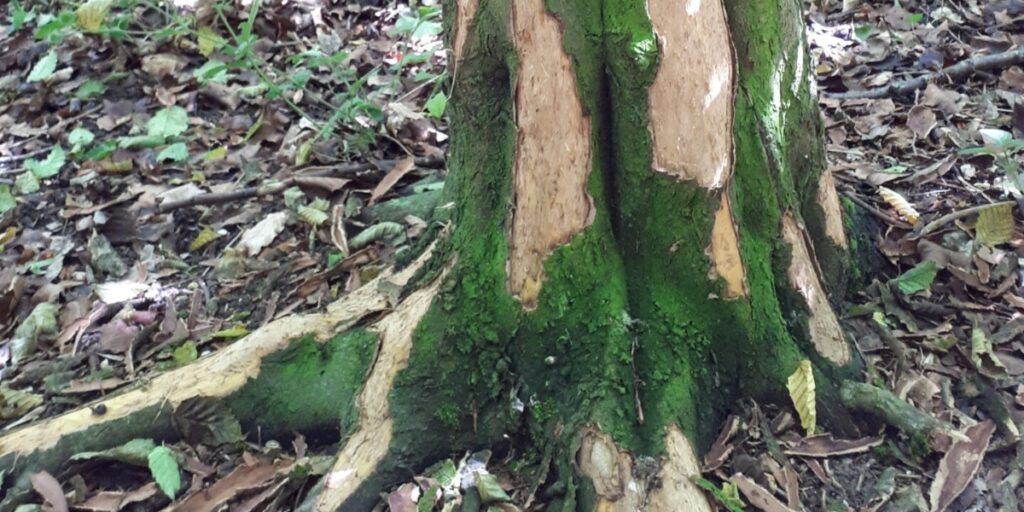
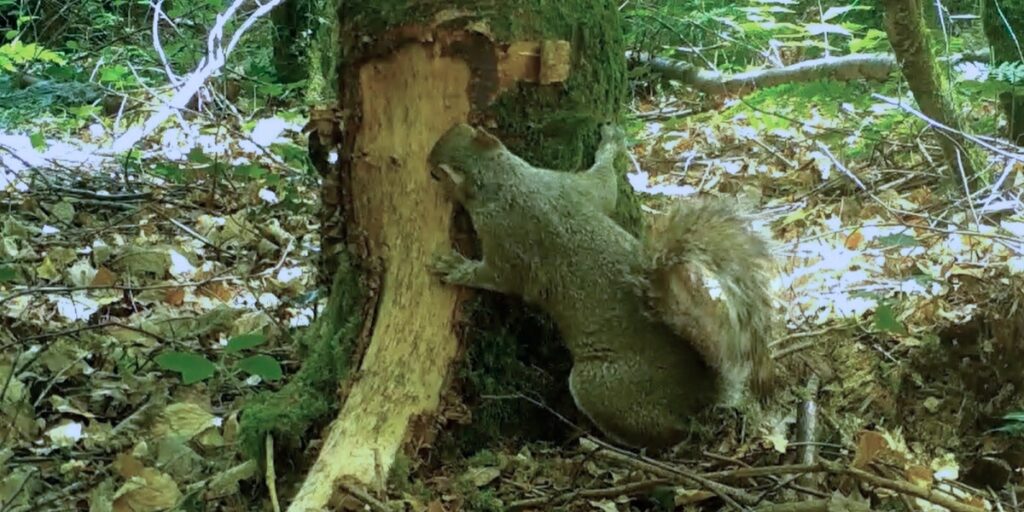
A recent report by UK Squirrel Accord signatories estimated the annual cost of grey squirrel damage to trees in England and Wales to be at least £37 million. This encompasses lost timber value, reduced carbon capture, damage mitigation and replacement of trees killed by bark stripping.
A subsequent Royal Forestry Society survey of landowners and managers revealed that grey squirrels are perceived as the greatest threat to broadleaf trees, surpassing deer and pathogens.
There are only a few tree species that grey squirrels do not damage. The important trees, such as native oaks, which support the most species in the UK, are highly susceptible to damage by grey squirrels. Urban trees, which play a crucial role in CO₂ management, are also damaged.
The figures from LV=General Insurance reveal that the average domestic insurance claim of grey squirrel damage to household wiring, water pipes, guttering and roof timbers is more than £3,000.
Without a concerted and sustained programme to control grey squirrels, some landowners and forest managers are turning away from broadleaved planting. This could have a long-term impact on wooded landscapes and timber economies.
The first recorded release of the North American grey squirrel was in 1879, near Macclesfield in Cheshire. Just one pair was brought over by an eminent Victorian banker after a business trip to the USA. Other releases had taken place earlier by private collectors and landowners.
In The Naturalised Animals of Britain and Ireland, the author Christopher Levy wrote: “Between 1902 and 1929, the year of the last recorded introduction, a veritable wave of introductions took place in many localities, including London’s Regents Park, Berkshire, Northamptonshire, Oxfordshire, Staffordshire, Devon, Warwickshire, Nottinghamshire, Suffolk and in Bournemouth.”
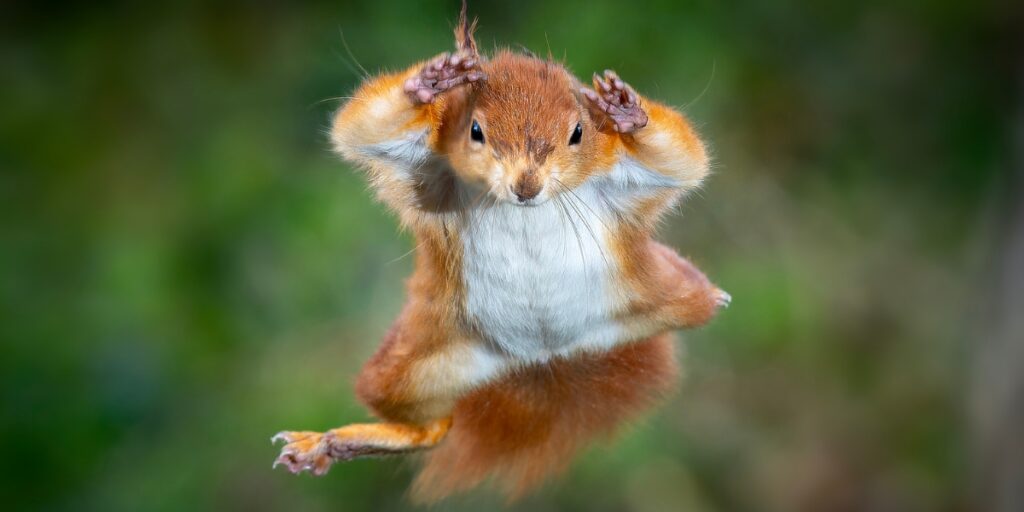
Today, the population of the greys is approaching three million and the red population has fallen to around 287,000, with 75 per cent found in Scotland.
There are several reasons for the catastrophic decline of our native red squirrel population. The greys are larger and more powerful. They outcompete the reds for habitat, nesting sites and food. Other problems include habitat loss and squirrel pox, which some grey squirrels carry. It does them no harm but is fatal to reds, which have no natural immunity.
Grey squirrels can be controlled by ‘authorised persons’. This typically refers to someone who has permission from the landowner or the sporting rights owner.
Methods of grey squirrel control must be humane and effective. They could include live traps, kill traps or shooting. The Red Squirrel Survival Trust collaborates with BASC to formally train individuals in the humane trapping, shooting and killing of grey squirrels.
The RSST is a national charity dedicated to helping support red squirrels and native British woodland. The trust drove the establishment of the UK Squirrel Accord, bringing together 43 leading woodland, timber, conservation and voluntary organisations (including BASC, Royal Forestry Society and Wildlife Trusts). The partnership aims to bring a co-ordinated approach to securing the future of our red squirrels and woodlands, while controlling the invasive greys.
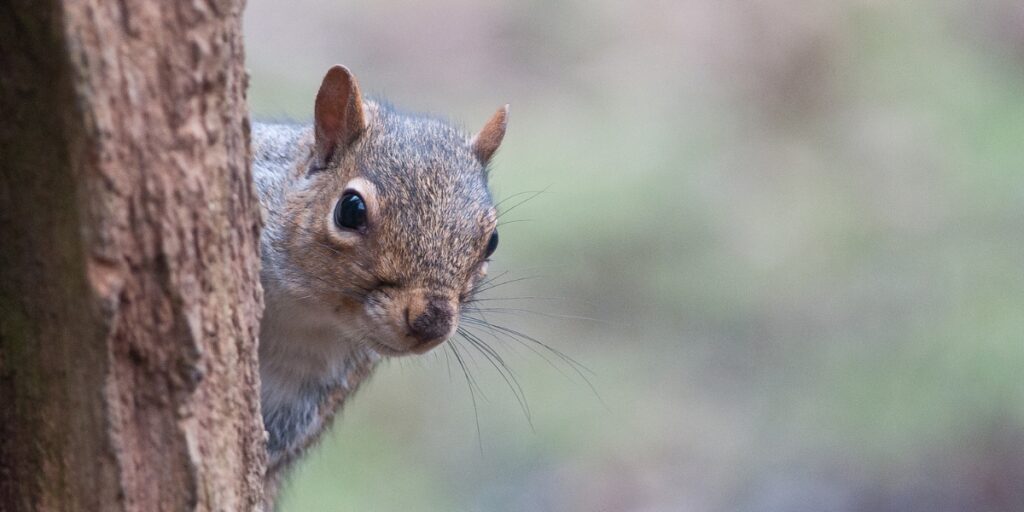
Reducing the grey population through trapping and shooting remains an essential part of effective management. The RSST collaborates with BASC to train individuals in the humane trapping and control of grey squirrels, with courses held throughout the UK.
The vast majority of people in the UK have never seen a red squirrel in the wild. For many, the grey has become the only familiar species. Yet, reds continue to feature among the nation’s most loved countryside animals. It is up to all of us to do what we can to ensure their survival. That means tackling the threat posed by invasive greys.
Red Squirrel Awareness Week is a time to reflect on the work being done by the RSST, whose vision is for native red squirrel populations to be secure and to expand beyond their current strongholds. It is also a moment to look ahead to flourishing woodlands that continue to deliver multiple benefits for future generations.
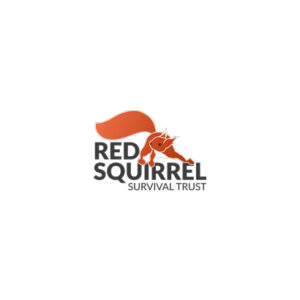

Understanding the established global routes followed by migratory birds is key to ensuring the future of sustainable wildfowling.
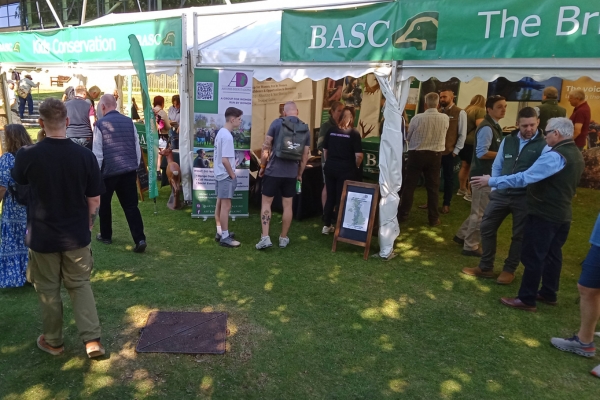
Clear blue skies and warm spring sunshine welcomed visitors to the National Shooting Show on 10–11 May.
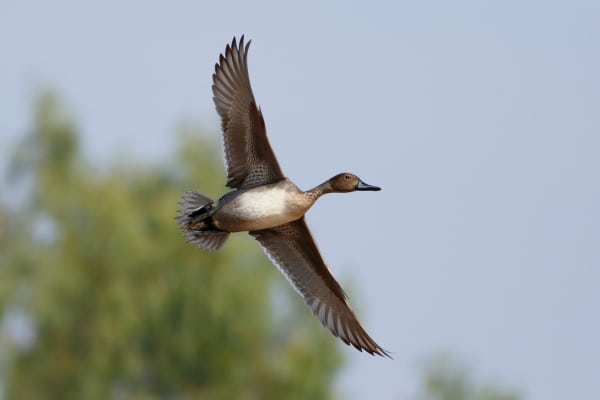
Migratory species, by definition, cross international borders, presenting challenges to policy makers and conservation groups, says BASC’s Dr Alex Murray.